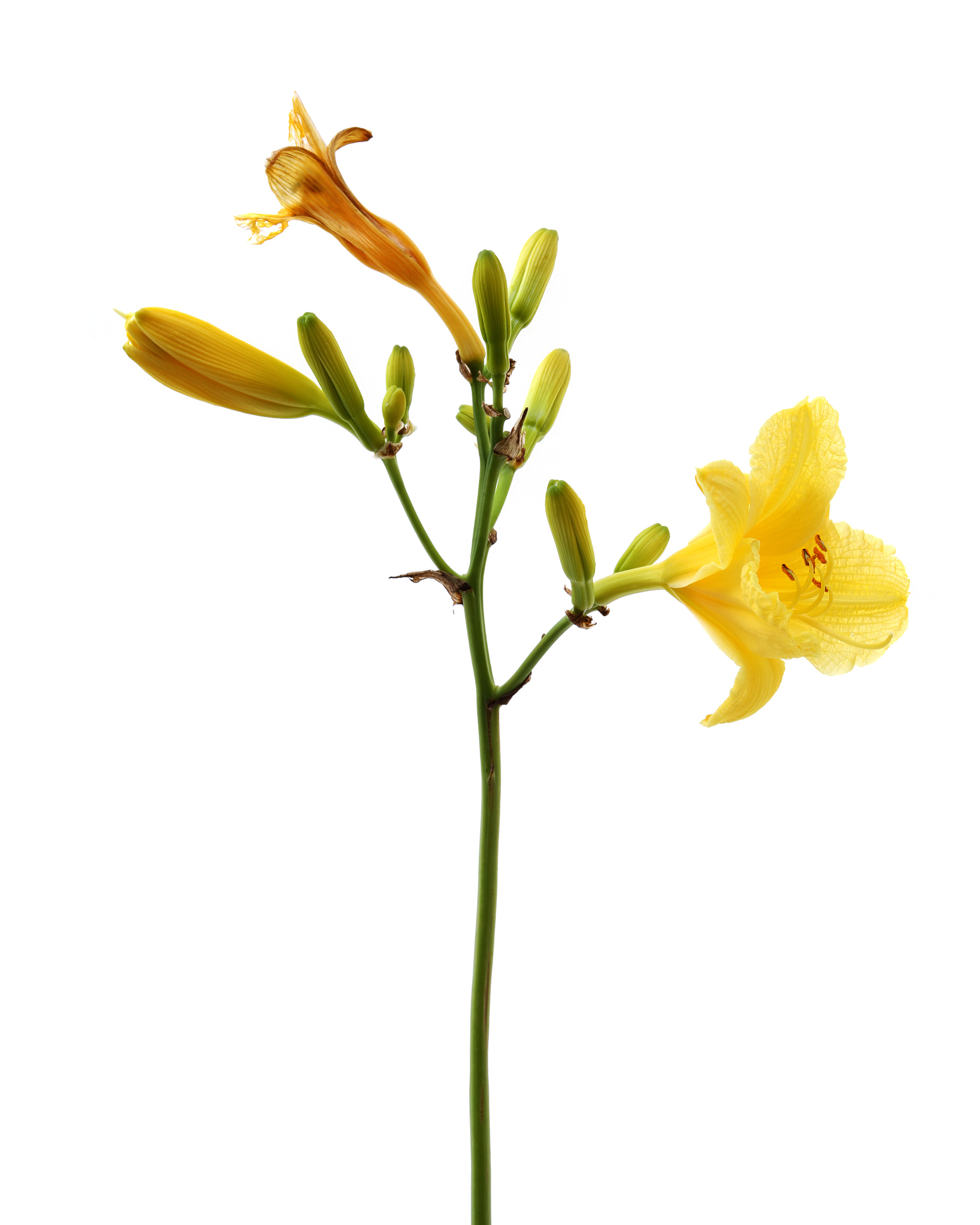
a multi-genererational family
Daylilies are generous. Hardy. Ubiquitous. And always pleasant. This single stems shows the flowers in 4 stages: tight bud, bursting bud, full bloom, and spent. It’s like four generations of the same family living together on one stem. The photo also make clear how daylilies keep blooming day after day after day. Look at all those buds; that’s 12 blooms from one single stem! Hats off to the unsung daylily for brightening our boulevards all summer long. p.s. Dear Daylily, you do not deserve the moniker ditch-lily. You are far to fetching for such a ugly name.
yellow daylily (Hemerocallis)
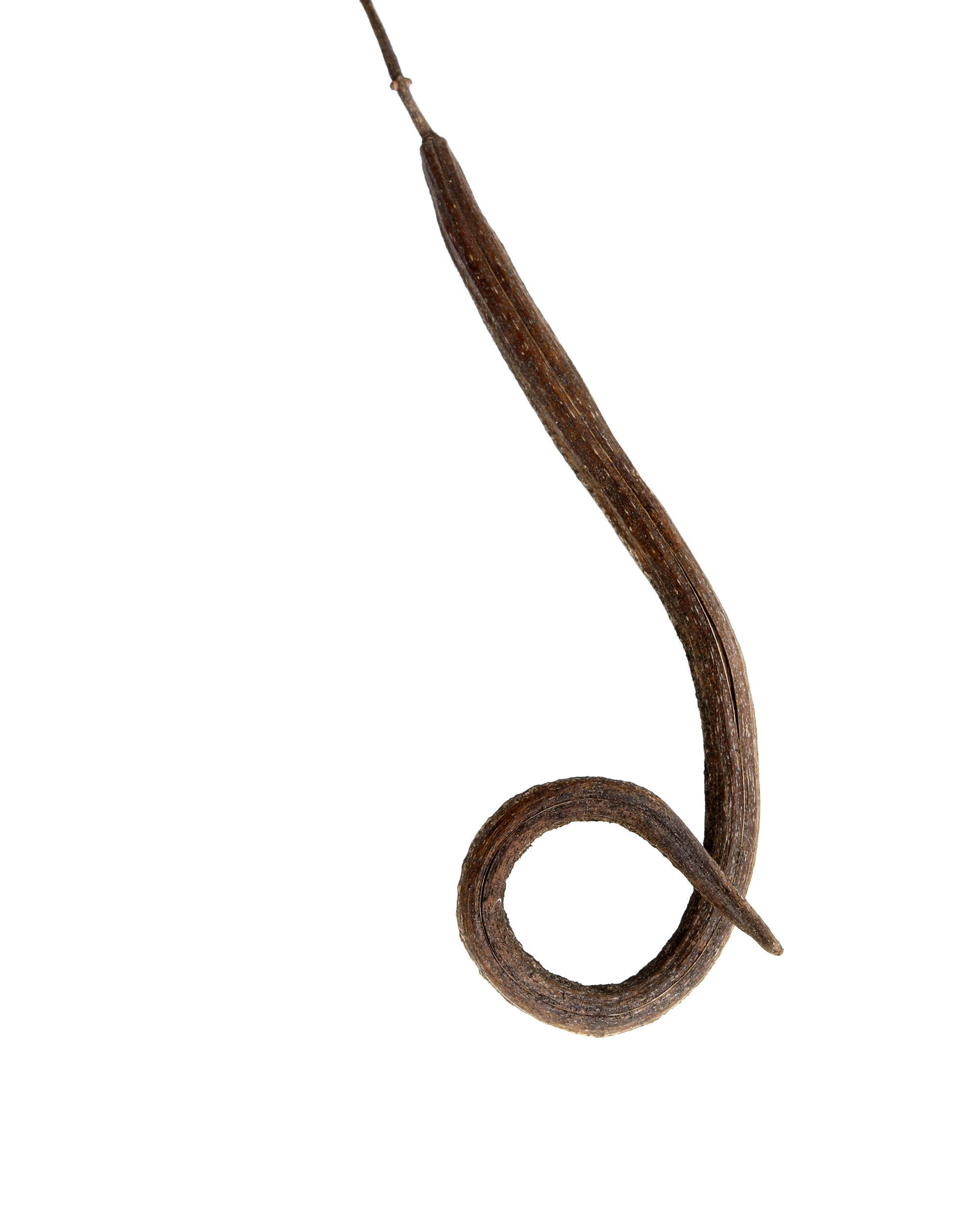
sometimes it’s good to be a weirdo
No one would describe me as a weirdo. But I am not entirely conventional either. What I am is a rule breaker. I am happy to follow the rules of civility, as long as they make sense to me. If they don’t make sense (like 3 inch heels for women), I simply don’t follow them. I have been described as having “an overdeveloped sense of autonomy”. Whatever it is, I don’t mind being different. Much like this catalpa tree seed pod.
catalpa tree seed pod
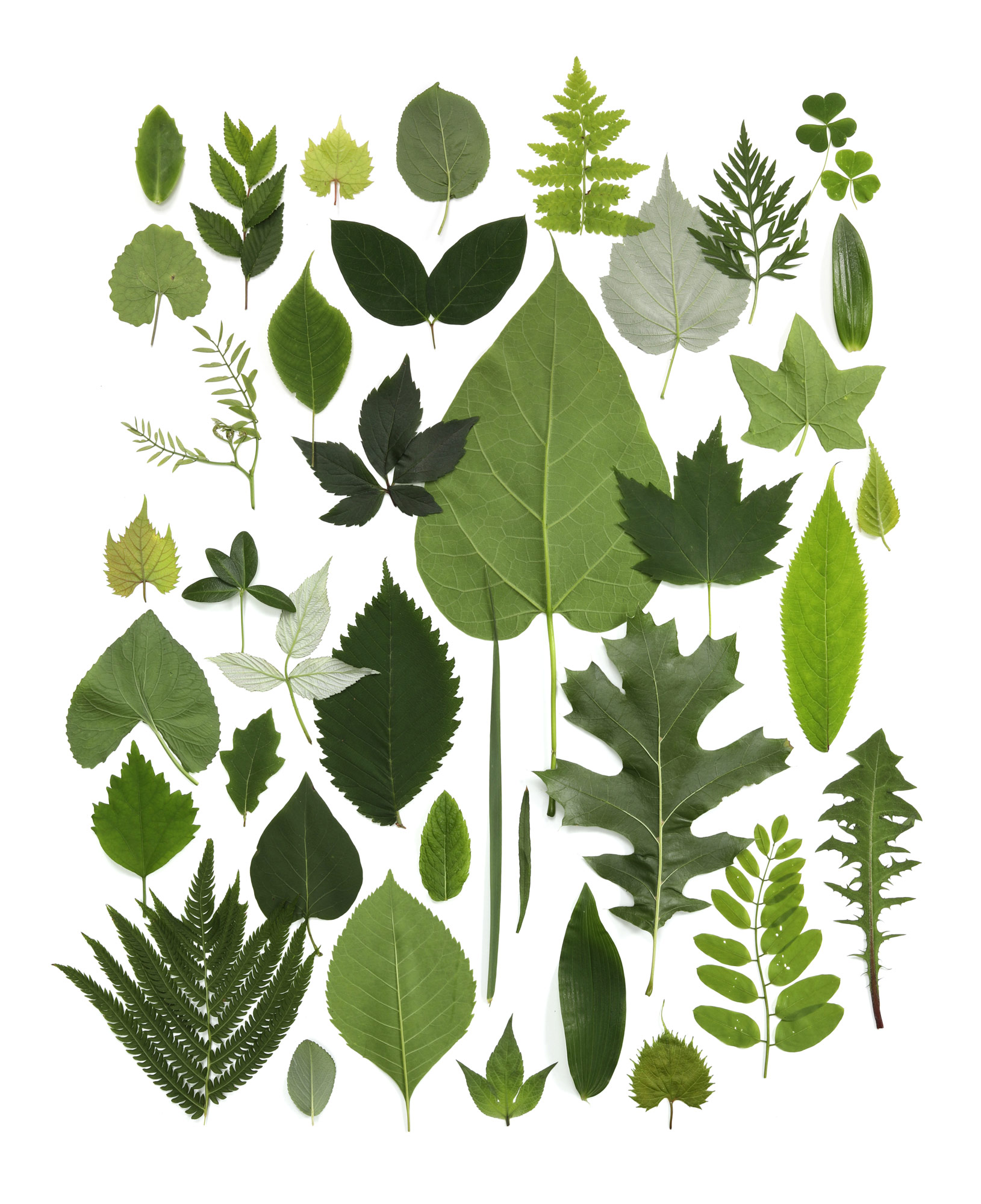
One day in late June
July is nearly upon us, and once again my world has become a tunnel of green: a green tunnel down to the lake and a green tunnel up the driveway to the main road. As a result, and out of necessity, I have been noticing all the shades of green and the variety of leaf shapes lately. But the thing is…it has been so hot and humid, that wen I pick the leaves they often wilt like a wet kleenex in my hand and cling to one another in a sticky mess. So today, I went for a walk with large cookbook in hand, and as I picked each leaf I immediately placed it between two pages and then snapped the book shut. This worked for 90% of the leaves I picked. The remaining 10% stuck irreparably to the pages of the cookbook when I tried to extract them. Look at that variety of leaves from just a 20 minutes walk! Nature truly does it best.
leaves from one walk in late june 2024
-
Wow!
reply
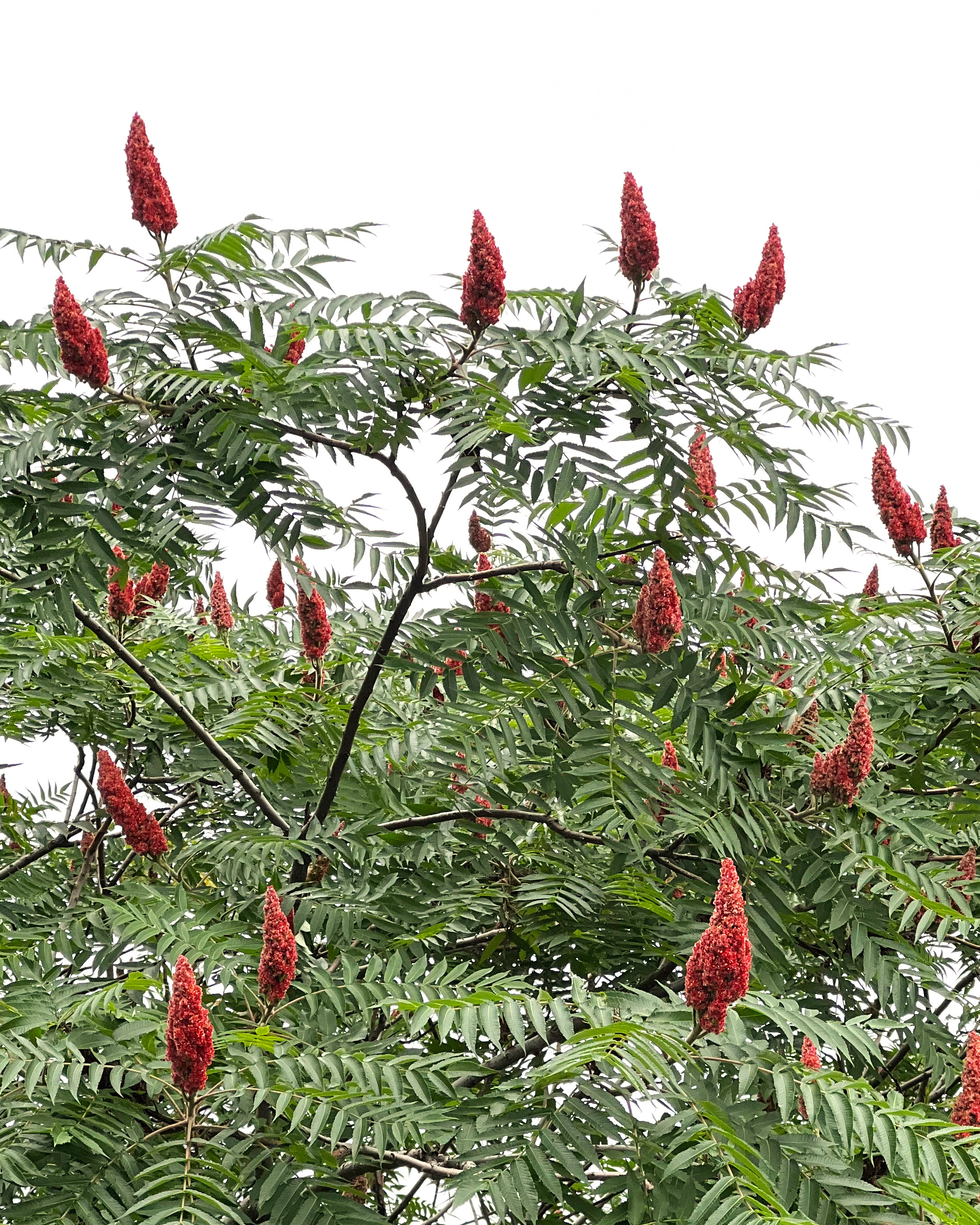
a white sky for a blank canvas
Rainy days. White skies. A perfect canvas for STILL. All the rain is making everything lush and full. While out dropping off some of our honey at a local restaurant today, I caught this healthy staghorn sumac in full, glorious display against a cloudy white sky. Doesn’t it look tropical? I certainly feels tropical here. If you squint your eyes a little, the staghorn fruits can look a lot like bird of paradise flowers. Welcome to Hawaii!
northern staghorn sumac in full bloom
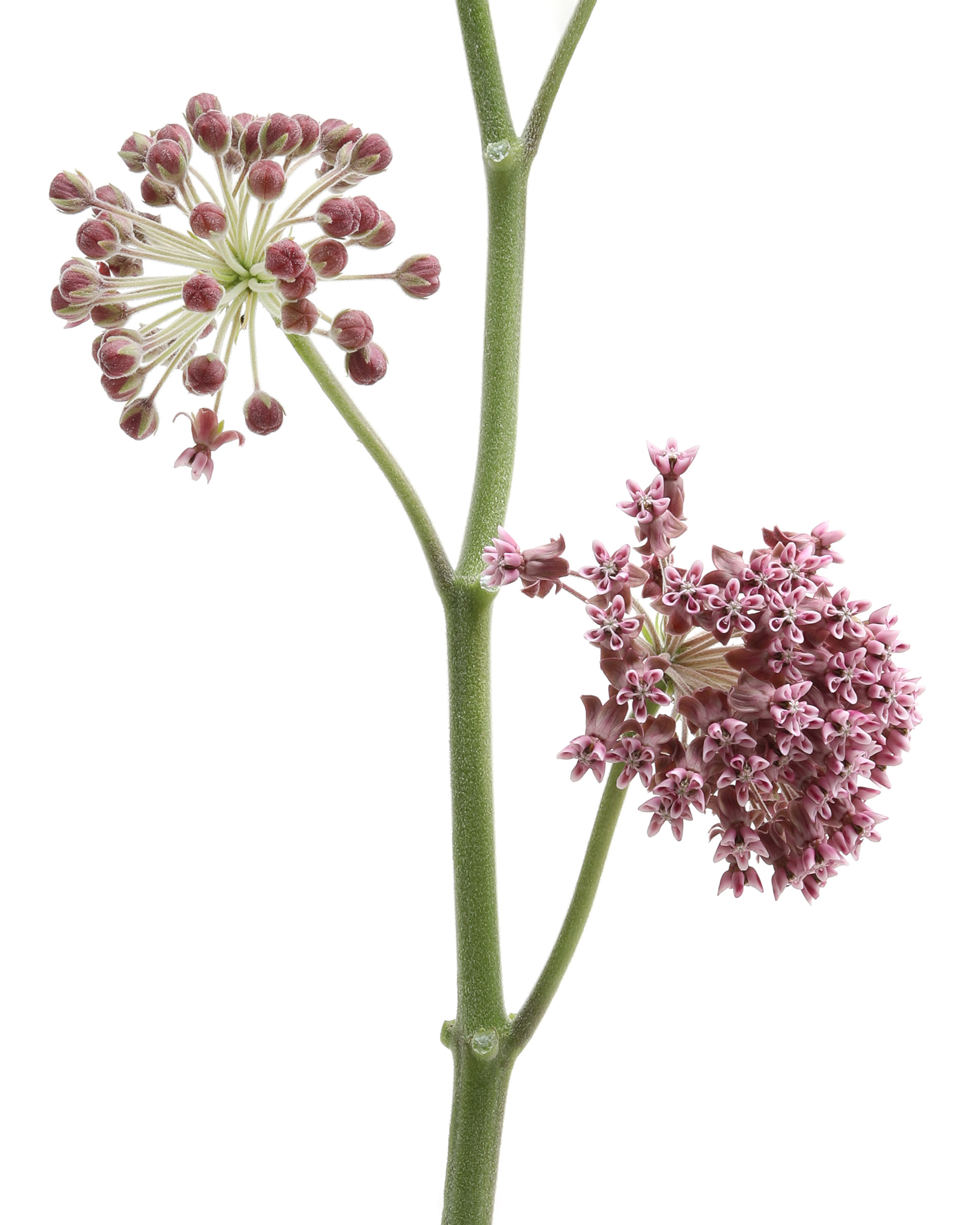
declutterring
I stripped the leaves from yesterday’s milkweed so we could all focus uninterruptedly on the fireworks of their quietly spectacular flowers.
common milkweed flowers



Deer bait